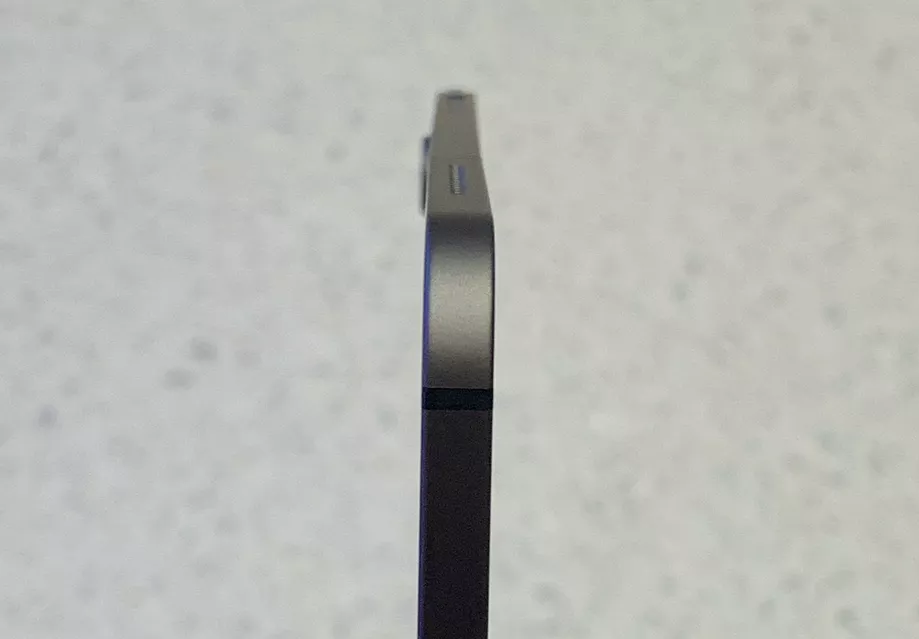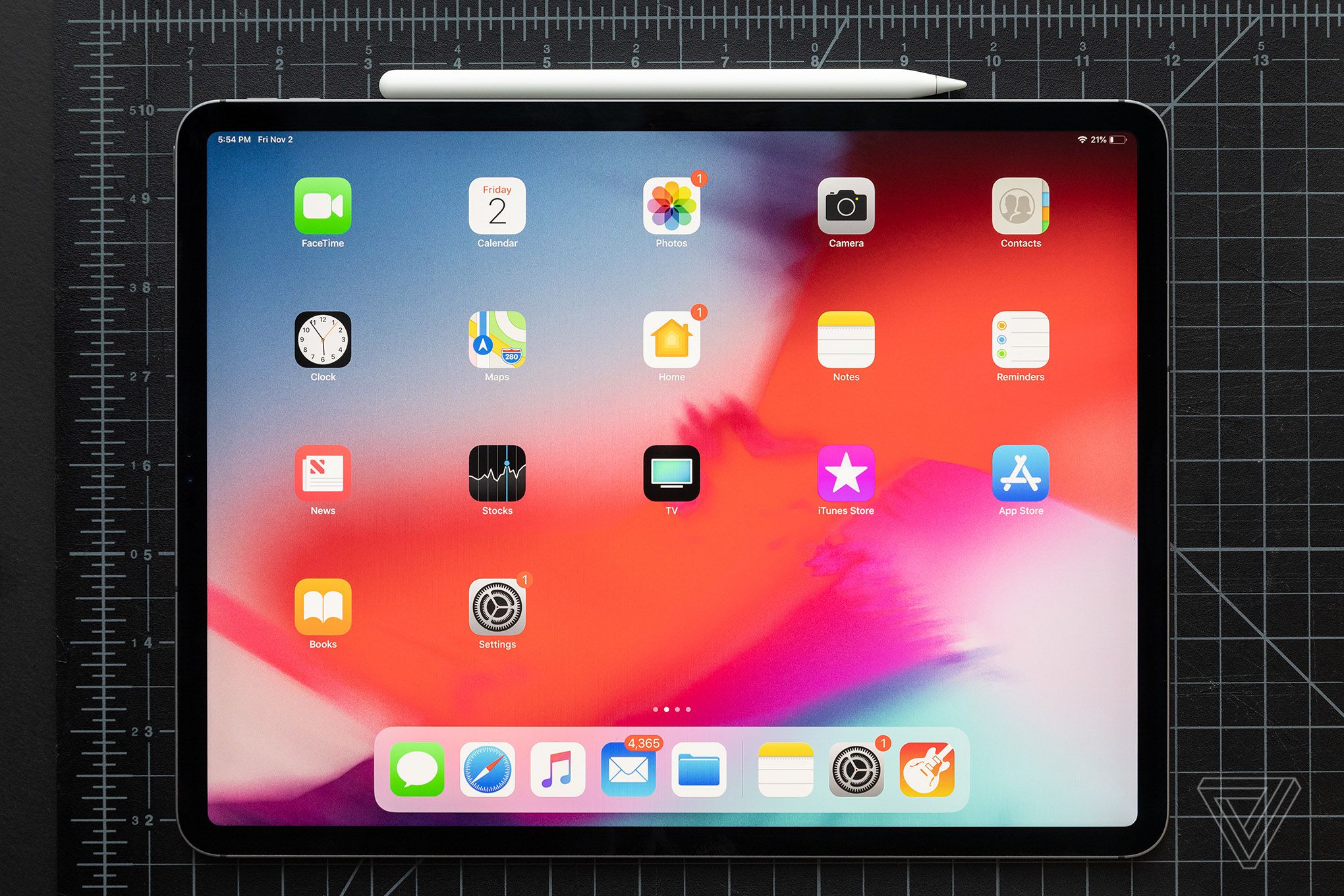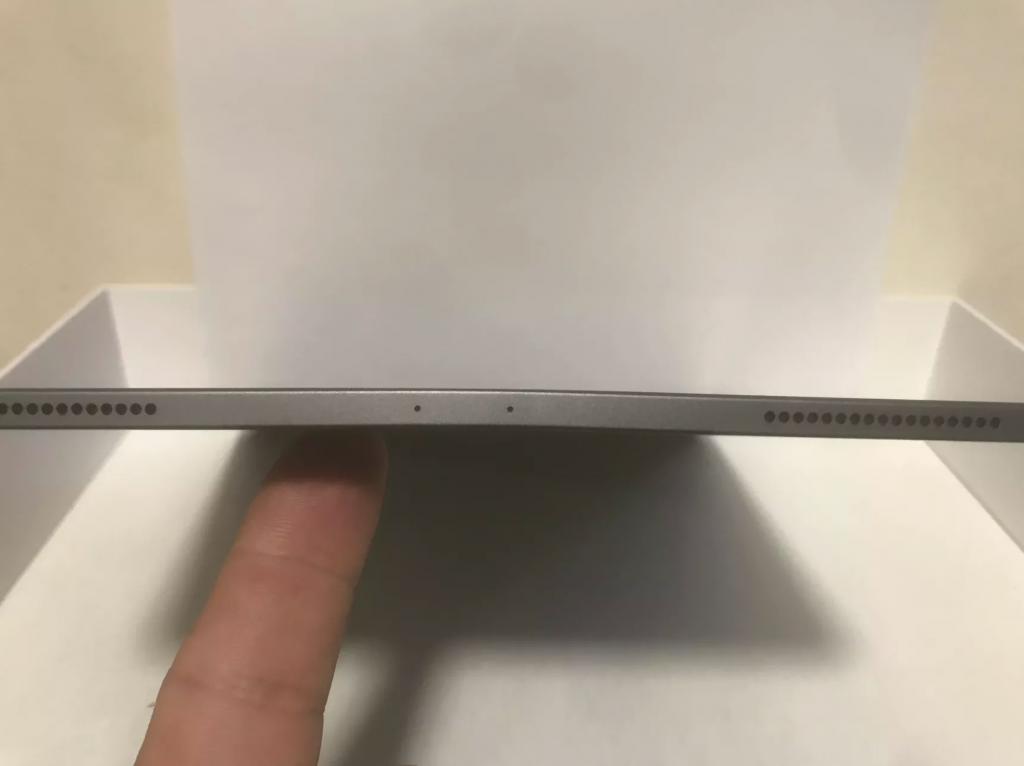Apple confirms that some iPad Pros come slightly curved, but it says that this is normal.
Apple confirmed to Verge that some iPad Pro 2018 instances are being shipped to customers with a very slight bend in an aluminum case. According to the company, this is a side effect of the manufacturing process and this bend should not deteriorate over time or adversely affect the performance of the flagship iPad. Also, Apple does not consider this a defect.
According to Apple, the bend is a result of the cooling process using the metal and plastic components of the iPad Pro during the manufacturing process. Both sizes of the new iPad Pro can demonstrate this. The price of the iPad Pro ranges from 799 dollars for the base 11-inch model to 1899 dollars for the most sophisticated 12.9-inch device with 1TB of memory and the ability to connect to LTE.
This answer came after some customers said on social networks and forums that their iPad Pro was bent without any mistreatment or abnormal stress on the metal case. There are messages from people who believe that this happened gradually in the course of normal everyday use - or after carrying the iPad Pro in a backpack. Some insist that they notice a bend pulling a new device out of the box.
Apple says in some cases the above is true. And the author of the article, Chris Welch, personally vouches for it: my 11-inch iPad Pro has acquired some curvature after two weeks of use. Apple asked if I could send the device so the engineering team could look. But the replaced 11-inch iPad Pro, which I received at an Apple store in the center of Brooklyn, showed a very slight bend in the aluminum case as soon as I removed the film.

11-inch iPad Pro with a bend straight out of the box.
This problem seems to be more pronounced in the LTE model, since it has a plastic strip that separates the flat aluminum sides of the iPad; Exactly where the antenna line separates two sections of metal, some users have noticed a bend. Apple didn’t specify if the defect was discovered is a defect of only one model or both are affected, but some Wi-Fi-only buyers also claim to have encountered it. Even if it is only cosmetics, the problem is not typical for Apple, which has a reputation for producing the device with the best design and finish in the industry.
Those who are annoyed by the bend should not have any problems with the exchange or return of the iPad Pro at the Apple Store or other stores during the 14-day return period after purchase. But it is not clear whether exchanges will be allowed outside of this policy. I asked Apple if they had contacted stores about the problem, because I read several reports that employees tell people that this is deliberate damage, and the right to replace the device under the AppleCare + program is only possible with additional fees. That should not be the case for a slight bend. Apple also claims that it has not yet seen a higher than usual number of returns for the 2018 iPad Pro.

Contradictions arose after the appearance of a viral video on the channel JerryRigEverything. The popular YouTuber broke the newest iPad Pro in half with seemingly very little effort. Some criticize the video as a trick for the sake of views and for bias towards Apple. Most tablets — both from Apple and other companies — will bend if you are going to bend them. These are thin devices with a large surface area. The 11-inch iPad Pro weighs almost 500 grams. And for two months I have not seen a single message that the iPad Pro has failed due to this manufacturing defect or bending to a level close to the same catastrophic one that is on the video. Apple says that concerns about the structural rigidity of the iPad Pro are unfounded and that they are confident in the product.
Apple claims that the concerns about the structural rigidity of the iPad Pro are unfounded.
It is also confidently stated that this is not a repetition of cases with "bends" like the iPhone 6 Plus, which prompted the company to conduct media tours of its product testing facilities in 2014. The next iPhone switched to stronger aluminum. But the flexibility of the iPhone 6 Plus cases was probably the cause of the so-called “touch sickness”, which subsequently led to the failure of devices due to non-working touch screens. And Apple eventually launched a repair program . Therefore, now the company is interested in convincing consumers that this time the fuss is in vain.
')
Source: https://habr.com/ru/post/434246/
All Articles
